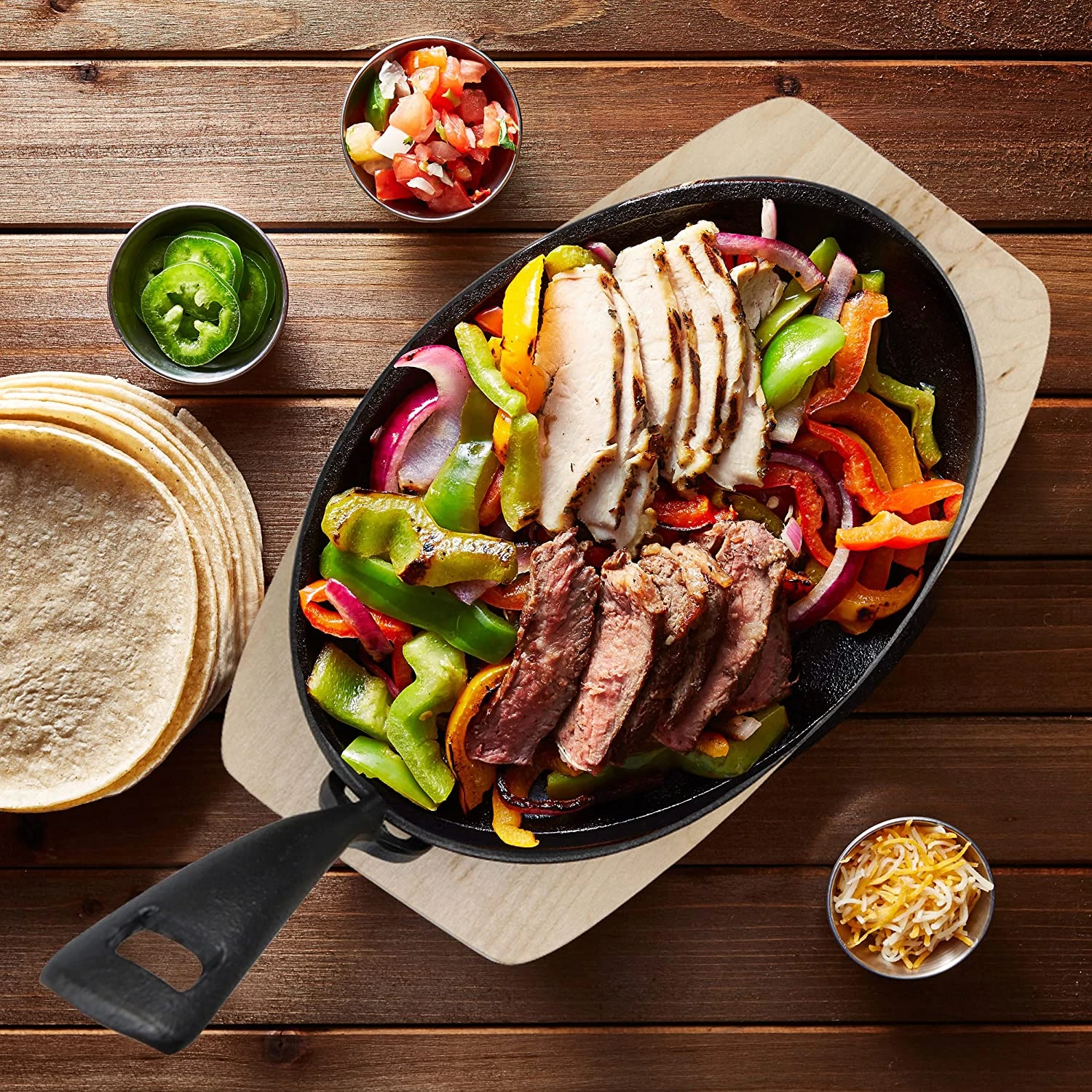
Versatile Cooking Techniques for Perfectly Grilled Meals in a Skillet Pan
The Art of Skillet Pan Grilling
In the world of culinary arts, versatility is a prized trait, and the skillet pan is undoubtedly one of the most adaptable tools in any kitchen. Whether you are a novice cook or a seasoned chef, mastering the art of skillet pan grilling can elevate your cooking repertoire to new heights. This method allows you to achieve that delightfully charred flavor often associated with outdoor grilling, all while enjoying the convenience of indoor cooking.
Choosing the Right Skillet
The first step in skillet pan grilling is selecting the right skillet. Ideal options include cast iron or heavy-duty stainless steel. Cast iron skillets are especially favored for their excellent heat retention and even heating properties. Moreover, they are perfect for achieving that sought-after sear on meats and vegetables. If you opt for stainless steel, ensure it has a thick base to prevent hot spots that could lead to uneven cooking.
Preparing Your Ingredients
Once you have your skillet ready, the next step is to prepare your ingredients. A wide variety of foods can be grilled in a skillet, including meats, fish, and an array of vegetables. For proteins, consider marinating them beforehand to enhance the flavor. Simple marinades can be made with olive oil, lemon juice, garlic, and fresh herbs. For vegetables, a light coating of olive oil and a sprinkle of salt and pepper can suffice to bring out their natural flavors.
Preheating the Skillet
One of the most crucial steps in skillet pan grilling is preheating your skillet properly. Start by placing your skillet on the stove over medium-high heat. Allow it to get hot—this is essential for achieving a good sear. To test if the skillet is ready, you can sprinkle a few drops of water on its surface. If they sizzle and evaporate immediately, the skillet is prepared for grilling.
skillet pan grill

The Grilling Process
Now, it’s time to start grilling. Add a tablespoon of oil to the skillet, allowing it to heat until it shimmers. For meats, place them in the skillet without crowding; give each piece enough space to ensure a proper sear. The key is not to move the meat around too much, as allowing it to sit will create that delicious crust. Cook for a few minutes on each side, depending on the thickness and type of meat you are using. Use a meat thermometer for precision—145°F for pork, 165°F for chicken, and 145°F for most fish.
When grilling vegetables, toss them in the skillet after the meat has been cooked. This allows the vegetables to soak up the flavors left behind in the pan while retaining a bit of their crunch. Bell peppers, zucchini, and asparagus are all fantastic choices that lend well to the grill marks and smoky flavor.
Serving Your Grilled Masterpiece
Once everything is cooked to perfection, remove your food from the skillet and let it rest for a few minutes. This resting period allows juices to redistribute, ensuring a moist and flavorful outcome. Serve your grilled meats and vegetables over a bed of grains or alongside a fresh salad for a complete meal.
Conclusion
Skillet pan grilling is an approachable technique that brings the joys of outdoor cooking into your home kitchen. With just a few simple steps and the right ingredients, you can create delicious, grilled dishes year-round. So, grab your skillet and get ready to impress friends and family with your grilling skills, all from the comfort of your stovetop!
-
Season Cast Iron Perfectly with GPT-4 Turbo TipsNewsAug.01,2025
-
High Quality Cast Iron Cookware - Baixiang County Zhongda MachineryNewsAug.01,2025
-
Premium Cast Iron Pan: Durable & Perfect HeatNewsAug.01,2025
-
High Quality Kitchen Durable Black Round Cast Iron Cookware Pancake Crepe Pan-Baixiang County Zhongda Machinery Manufacturing Co., Ltd.NewsAug.01,2025
-
Cast Iron Cookware - Baixiang County Zhongda Machinery | Nonstick, Heat ResistanceNewsAug.01,2025
-
High Quality Kitchen Durable Black Round Cast Iron Cookware - Baixiang County Zhongda Machinery | Non-Stick, Heat Retention, DurableNewsJul.31,2025


